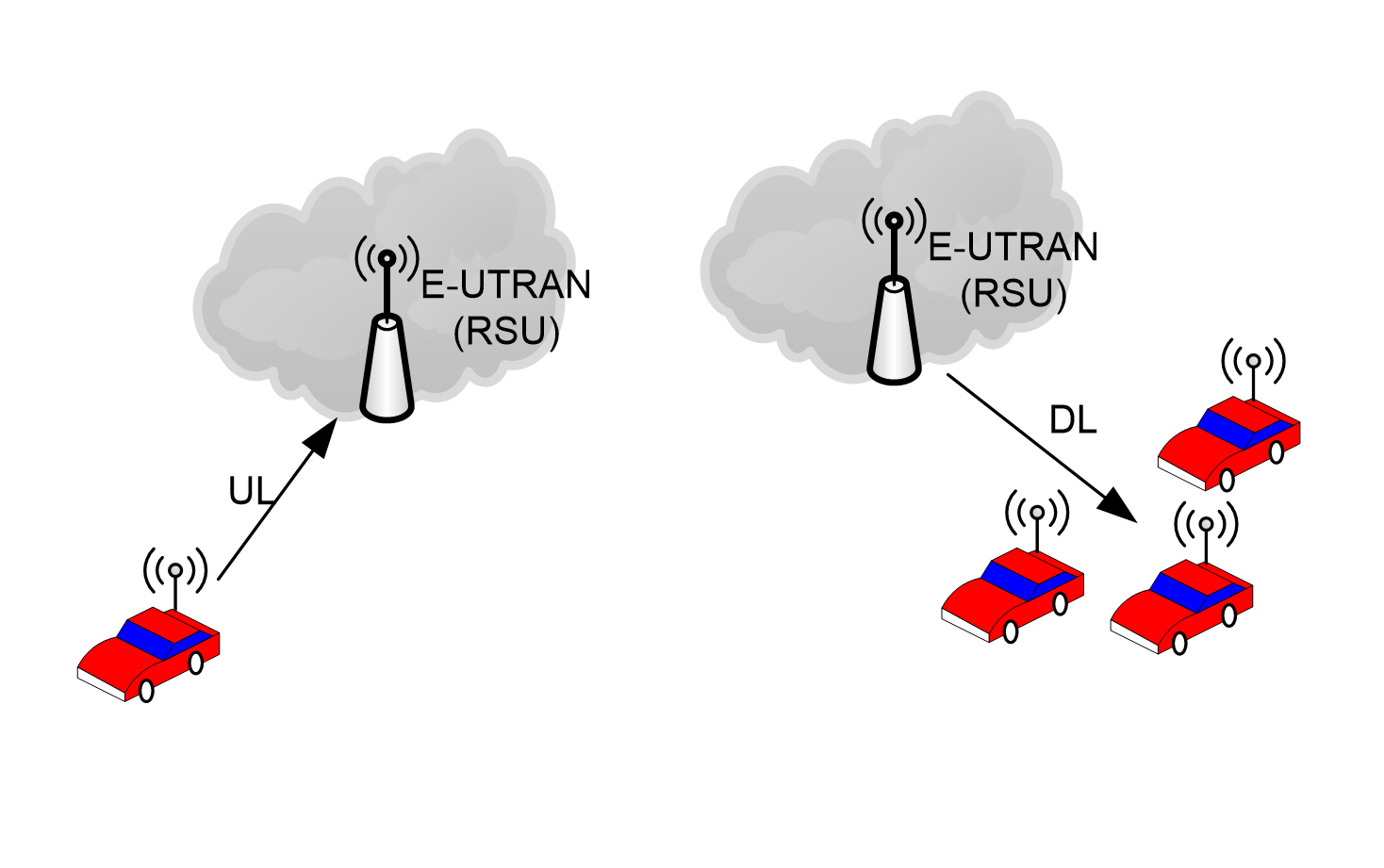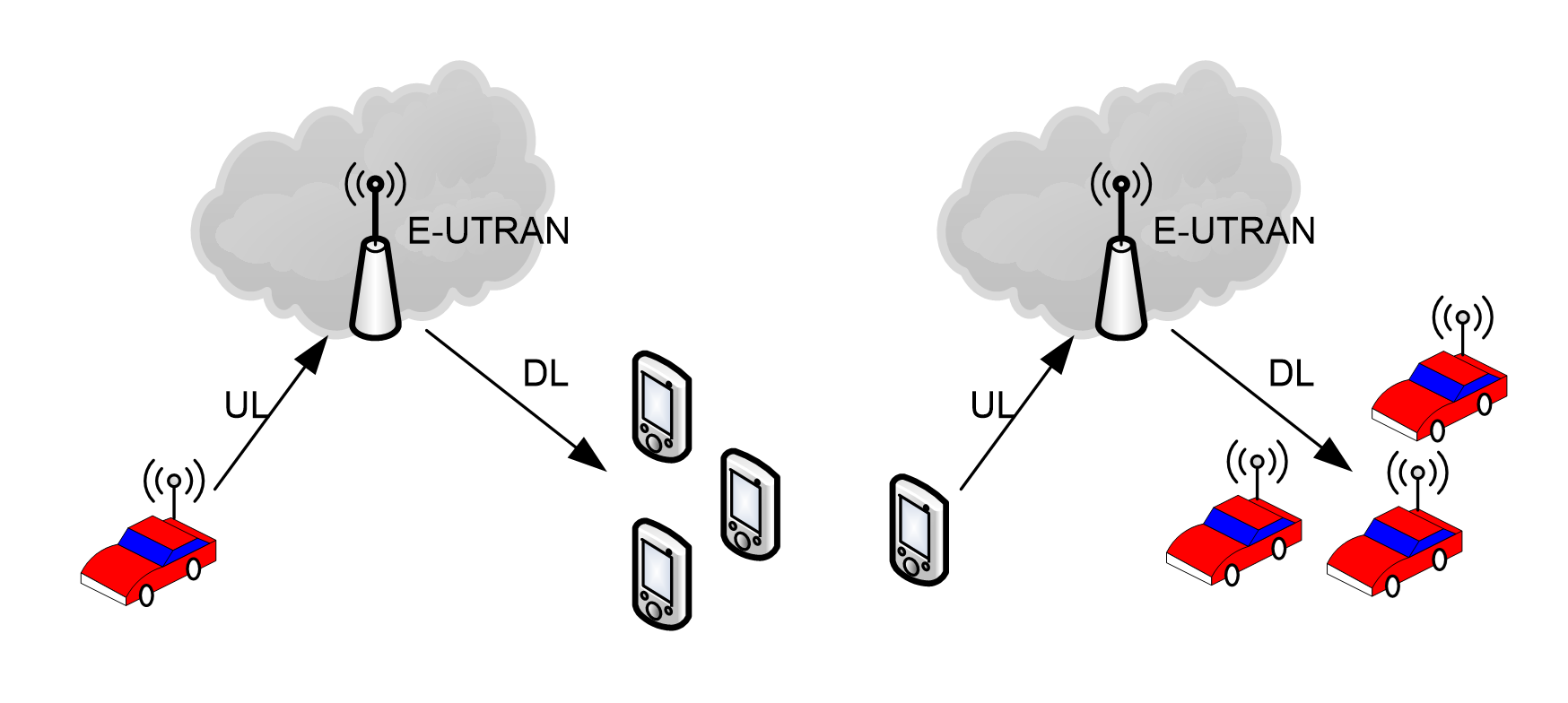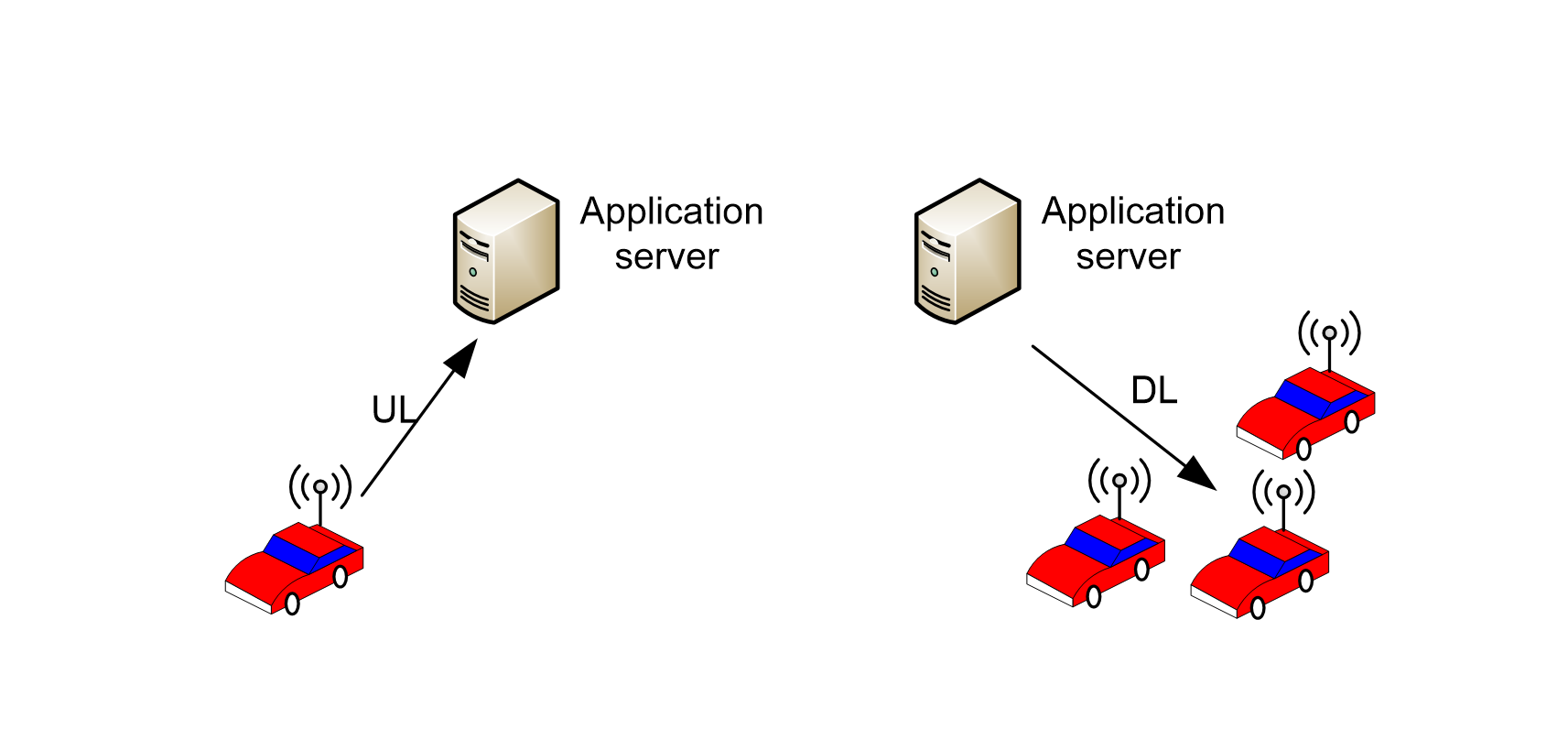| Application Needs
The technical advances in wireless communication brought tremendous benefits to the automotive industry, as well as new design and test challenges to the developers and manufacturers. In V2X, vehicles will communicate with other vehicles and roadside infrastructure, sharing location, speed, acceleration, and even activation information of anti-lock braking system. Whether vehicles are visible to each other or in a blind lane, they will need to share more mission-critical information about road and traffic conditions. The wireless channel emulator provides a test method to simulate various communication scenarios in V2X in the lab.
The V2X test mainly includes:
1) Fading channel test of different vehicle motion states: Vehicle meeting, following, overtaking, parallel running, blockage, and other scenarios;
2) Fading channel test in different communication scenarios: V2V, V2I, V2P, V2N, etc.;
3) Multi-vehicle network access test;
4) Signal-to-noise ratio test.

(a)V2V scenario

(b)V2I scenario

(c)V2P scenario

(d)V2N scenario
| Solution
Through KSW-WNS02B wireless channel emulator, the user-specified V2X applications and link topologies are configured, and KSW-GSCM V2X channel modeling software is used to generate V2X wireless channel impulse responses that change in real time with the vehicle motion trajectory. By means of offline generation and real-time loading simulation, the wireless channel emulator creates an ideal and fully reproducible wireless fading environment for vehicle motion.

| Challenges
Challenge 1: Complex communication scenario
The communication units in V2X includes communication nodes such as vehicle, base station, terminal and roadside unit (RSU), and different nodes have different antenna types and different motion states.
Challenge 2: Different frequency band requirements
V2X has two frequency bands, i.e. 6GHz and 30GHz-63GHz, and different frequency bands use different antenna types. An additional frequency conversion unit is required for 30GHz-63GHz frequency band, which poses challenge to the whole system control and data interaction.
| Functional Highlights
² Minimal site dependence and all indoor operations, significantly saving development testing costs;
² Realistic outfield wireless channel simulation, contributing to reliable equipment communication;
² Arbitrary link connection and disconnection to test the network robustness on any occasion;
² Simulation of conducted access to ensure smooth transition between different systems;
² Rich software monitoring platform to monitor exceptions in real time, facilitating quick positioning;
² Open interface, facilitating programming and customizing models;
² Multiple model options and port customization to meet diverse functional needs of customers.